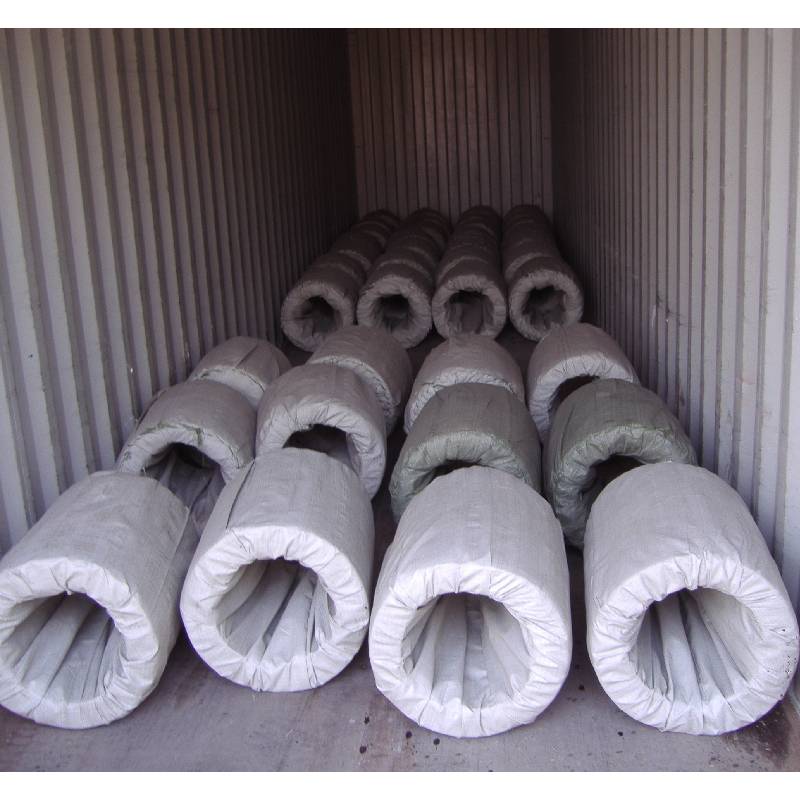
- Mobile Phone
- +8613931874955
- sales@cntcmetal.com
Conical Helical Spring – High-Performance Spring Solutions
Understanding Conical Helical Springs Design, Function, and Applications
Conical helical springs, a unique type of spring, are integral components in various mechanical and engineering applications. Their distinct conical shape offers several advantages over traditional cylindrical springs, making them favorable in scenarios where space constraints and load distribution are critical.
Design Characteristics
Conical helical springs are characterized by their tapering structure, which allows them to maintain a consistent rate of deflection while accommodating varying load conditions. The conical shape reduces the amount of lateral movement that occurs during compression or extension, resulting in more stability under load. The design typically features a varying diameter along its length, allowing the ends of the spring to be located closer together, thereby efficiently utilizing space in assemblies where other spring types might be impractical.
The wire used to manufacture conical helical springs is often composed of high-carbon steel, stainless steel, or other materials that provide the desired strength and elasticity. The choice of material plays a significant role in the spring’s performance, particularly in terms of fatigue resistance and corrosion resistance, depending on the intended application.
Functional Advantages
One of the primary benefits of conical helical springs is their ability to handle varying loads effectively. Due to their design, these springs can achieve a uniform load distribution, minimizing the risk of failure and extending the operational lifespan. This characteristic is particularly advantageous in applications where load conditions frequently change, such as in automotive suspensions or industrial machinery.
conical helical spring

Furthermore, conical helical springs can be designed to fit into tighter spaces than traditional coil springs. This space efficiency allows engineers to integrate these springs into compact assemblies while still achieving optimal performance. The tapering nature of these springs also leads to reduced stress concentrations in certain scenarios, further enhancing their durability.
Applications Across Industries
The versatility of conical helical springs lends them to a wide range of applications across multiple industries. In the automotive sector, they are commonly used in shock absorbers, suspension systems, and seat mechanisms, where they help to absorb shocks and provide stability. The aerospace industry also leverages these springs for their lightweight properties and high strength-to-weight ratio, which is essential for aircraft components.
In household appliances, conical helical springs are often used in mechanisms such as door closers and washing machines, where they contribute to operational efficiency and user convenience. The ability to customize these springs for specific applications further enhances their appeal in manufacturing and engineering sectors.
Conclusion
Conical helical springs represent a remarkable fusion of design ingenuity and functional performance. Their unique shape, capacity for load management, and space-efficient characteristics make them indispensable in various mechanical systems. As industries continue to innovate and demand more sophisticated solutions, the role of conical helical springs will likely expand, showcasing their adaptability and resilience in an ever-evolving technological landscape. Understanding their design, advantages, and applications will aid engineers in selecting the right spring type for their specific needs, ultimately leading to enhanced performance and reliability in mechanical systems.
share:
-
Why Sacrificial Formwork Is Redefining Underground ConstructionNewsJun.06,2025
-
The Structural Dynamics of Modern Concrete: How Snake Spacers Revolutionize Flexible ReinforcementNewsJun.06,2025
-
Snake Spacers Smart-Lock Concrete Reinforcement with Surgical PrecisionNewsJun.06,2025
-
Snake Spacers: Reinforcement Precision for Modern Concrete ProjectsNewsJun.06,2025
-
Snake Spacers Powering Concrete's Structural DNANewsJun.06,2025
-
Slither into Success: Snake Spacers' Precision Bite for Unbreakable ReinforcementNewsJun.06,2025
-
Sacrificial Formwork: Building Stronger, Faster, and Safer StructuresNewsJun.06,2025



















